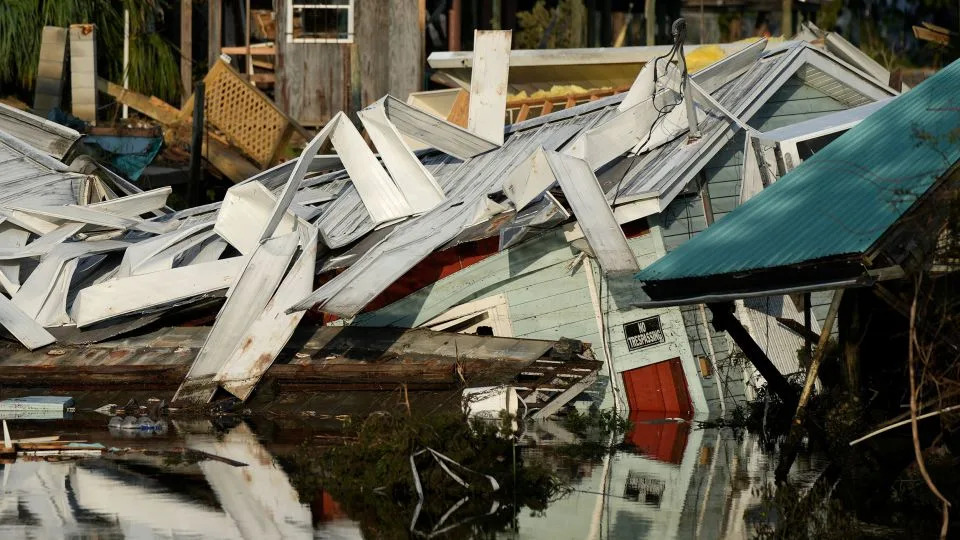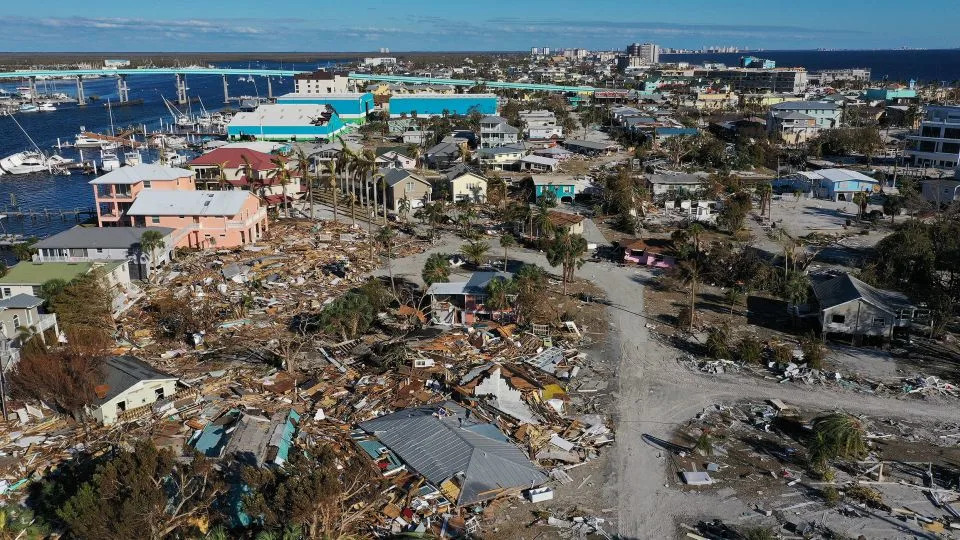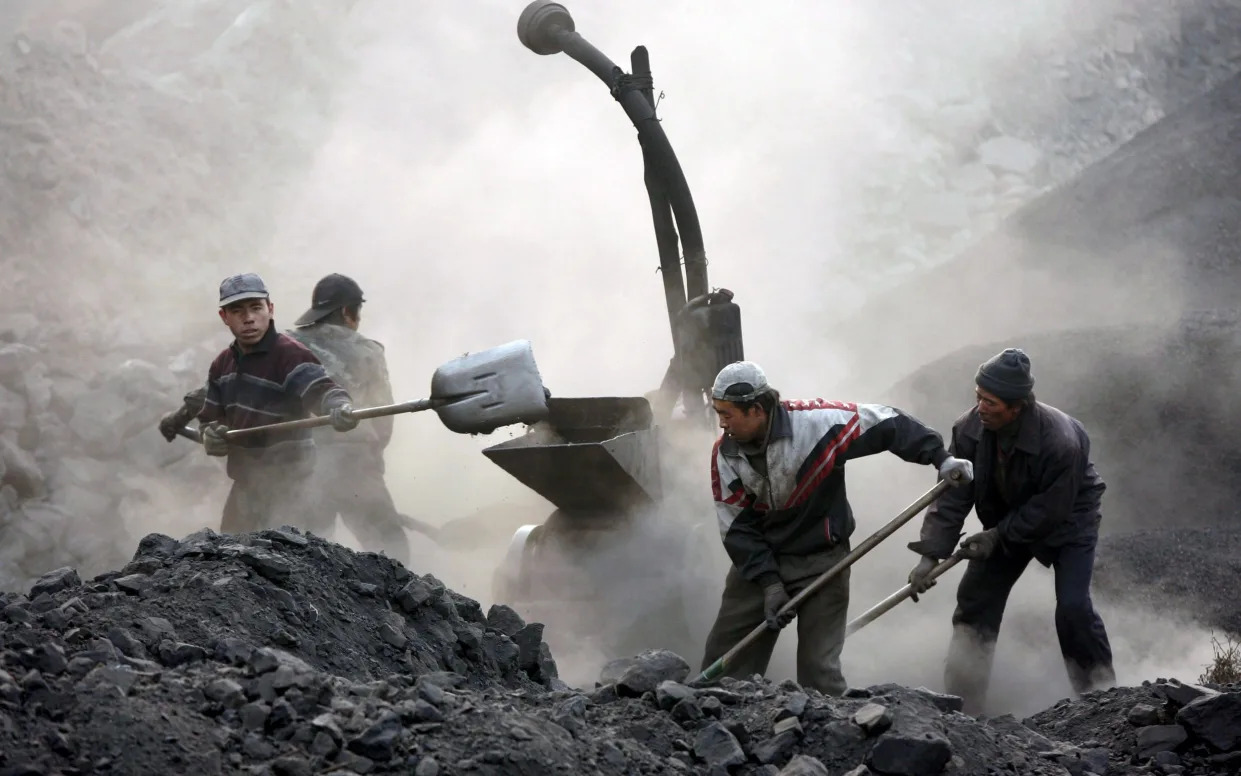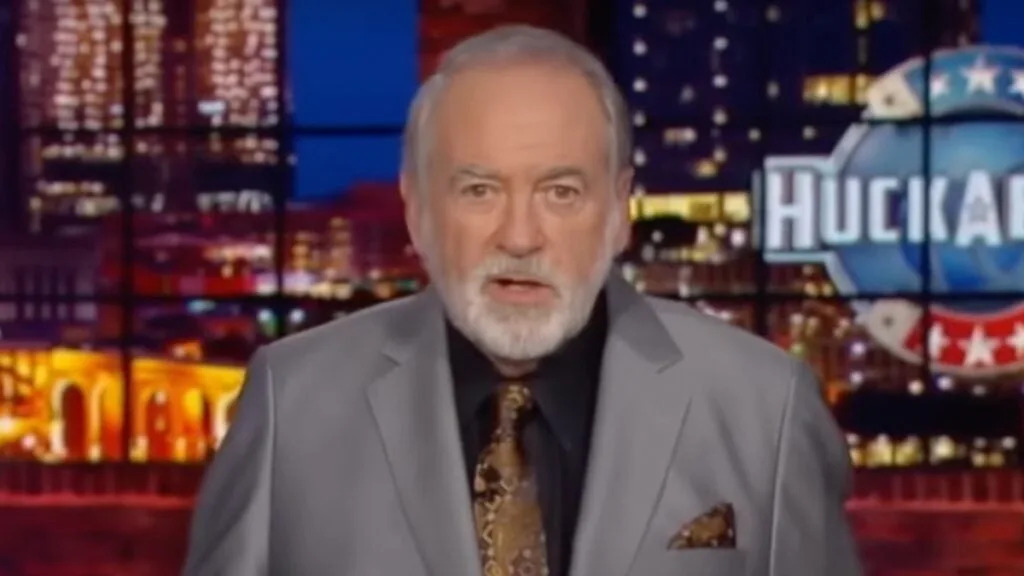South Florida Sun Sentinel
Florida dermatologists warn about how to spot the skin cancer that killed Jimmy Buffett
Cindy Krischer Goodman – September 8, 2023

Florida dermatologists say the skin cancer that killed Jimmy Buffett is becoming more common in the Sunshine State and urge residents to look out for a few unique features.
While rare, the aggressive skin cancer pops up most often in skin areas exposed to the sun, such as the face, scalp or neck. People who are fair-skinned, older than 50, and exposed regularly to the sun are at higher risk of developing Merkel cell carcinoma. The key to survival is finding out early, and acting quickly.
People diagnosed and treated for this form of skin cancer while it is still localized have a five-year survival rate of 75%, but once it spreads to a distant organ, the survival rate plunges to only 24%.
What to look for
In Delray Beach, dermatologist Steven Hacker says he has many patients he is treating or following that have Merkel cell carcinoma.
“It looks like a very non-specific bump that is flesh-colored or reddish blue and can be the size of an eraser tip on a pencil,” he said. “It needs to be biopsied to make a diagnosis. The sooner it’s caught, the better your chances are.”
If something looks like a pimple or bug bite and doesn’t go away, get checked by a dermatologist, he said. It some cases, the original bump spawns more nearby.
Merkel cell carcinoma can be aggressive, especially when it spreads to distant parts of the body. It is the second most common cause of skin cancer-related death, after melanoma.
“While it’s rare in the U.S., in Florida we actually see a lot of it,” said Dr. Michael Kasper, director of radiation oncology with Lynn Cancer Institute, part of Baptist Health, at Boca Raton Regional Hospital. “We see it a couple of times a month.”
And, while it is more common in men, Kasper says they see women with it too. “With the population living in Florida, one of biggest things that sets us apart is the suppressed immune system that happens as we age.”
Kasper said with Merkel, the nodule below the skin’s surface tends to be hard or firm, although not at all painful. “It can grow fairly quickly. Sometimes, doctors who don’t know what it is will try to drain it and nothing will come out,” he said. “It should not be drained. If you know what you are looking at, you know not to drain it. If you find it early and it is localized, most of the time it can be cured.”
A virus called Merkel cell polyomavirus may play a role in causing most cases of the cancer, Kasper said. Just how this virus causes Merkel cell carcinoma is still unknown.
When a biopsy shows Merkel cell carcinoma, doctors will remove the nodule, but also do radiation to completely get rid of cancerous tissue and reduce the chance of recurrence. There also will be a biopsy of the nearby lymph node and a full body PET scan to see if the cancer has spread to organs. Oncologists recommend immunotherapy if the Merkel cell carcinoma has spread or is inoperable. In 2019, the federal government approved an new immunotherapy to treat people with advanced Merkel cell carcinoma.
Other skin cancers
Although skin cancer is the most common cancer diagnosis is the U.S., most Americans fail to get checked regularly, according to an online survey in January of more than 2,000 people by Prevent Cancer Foundation. The survey found 70% of Americans 21 and older have not had a skin check in the past year.
The three most common types of skin cancer are basal cell carcinoma, squamous cell carcinoma, and melanoma. Anyone, regardless of skin color, can get these, although those with freckles, fair skin and light hair are most at risk.
Basal cell carcinomas typically grow slowly and don’t spread to other areas of the body. But if this cancer isn’t treated, the cells can expand deeper and penetrate into nerves and bones. Squamous cell cancer usually is not life-threatening, but if not treated, can grow large or spread to other parts of the body. Melanoma is the most serious type of the more common skin cancers because it is most likely to grow and spread.
Merkel cell carcinoma is is 40 times rarer than melanoma. Buffett, the “Margaritaville” singer and legendary Florida beach fan, had been battling it for four years.
About a dozen other rare types of skin cancer also exist.
Legendary Jamaican singer, musician and songwriter Bob Marley died of a rare skin cancer when he was only 36 years old. He had acral lentiginous melanoma that appeared as a dark spot under his toenail. ALM typically develops under nails, on the soles of the feet or the palms of the hands and is the most common form of melanoma found in people of color.
“If you have a spot that is evolving or changing rapidly over weeks or months have it checked out,” said Dr. Charles Dunn, a dermatology resident with ADCS Orlando Dermatology “You can get skin cancer in areas that are not even exposed to sun.”
Dunn said with all skin cancers, but particularly with Merkel, “time is of the essence.” Early detection, he said, results in better survival statistics.
Be vigilant, get checked
Dr. Rajiv Nathoo, a dermatologist and complex clinic director for Advanced Dermatology and Cosmetic Surgery Clinics in Orlando, said there is a lot of misdiagnosis with skin cancer and advises Floridians to get their regular skin check with board-certified dermatologists. “The general public should be aware of red flags and seek out care, but skin cancer is complex and it’s why we exist as field.” Nathoo said he has a patient in hospice with Merkel who was misdiagnosed, and the skin cancer has now spread. “It’s a big deal because of the mortality statistics. A third of the time with Merkel it has metastasized by the time it’s diagnosed.”
Although genetics and an individual’s immune system play a role, dermatologists recommend wearing sunscreen, avoiding sunburns, and staying indoors during the hottest times of the day. In addition, Nicotinamide, a form of vitamin B3, has been shown to reduce the number of skin cancers when taken orally, but the benefits are lost once you stop taking it, according to a report in Harvard Health Publishing.
“Talk with your dermatologist to see if you are a candidate for Nicotinamide,” Hacker said.
While dermatologists recommend annual skin checks, those over 65 might consider twice a year.
“It’s really crucial to now what’s normal for you and your skin,” said Heather Macky, senior director of cancer prevention and early detection at the Prevent Cancer Foundation. “If you notice a mole, freckle or bump that’s changing in size, shape or color, bring it to the attention of your provider, and don’t wait.”












